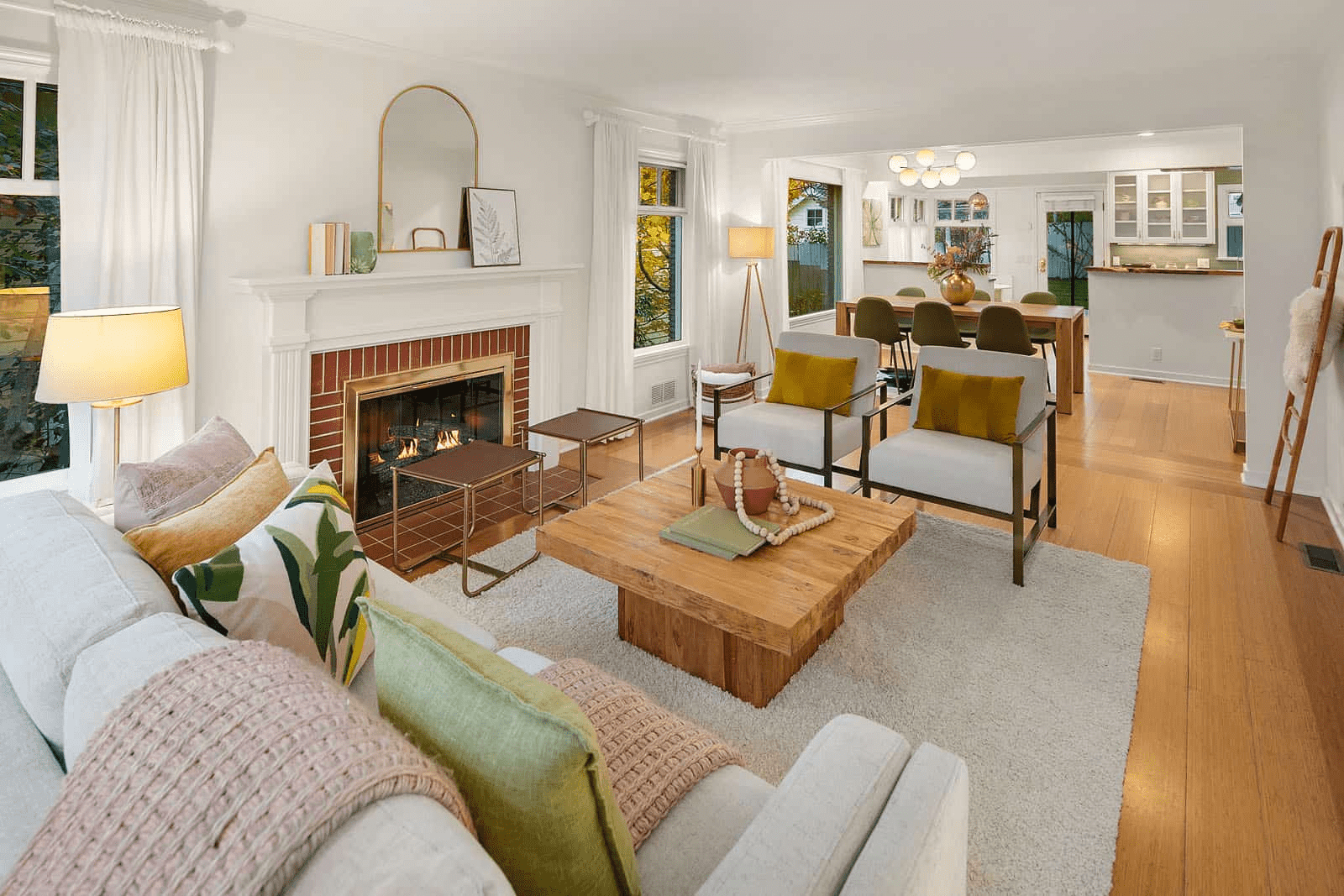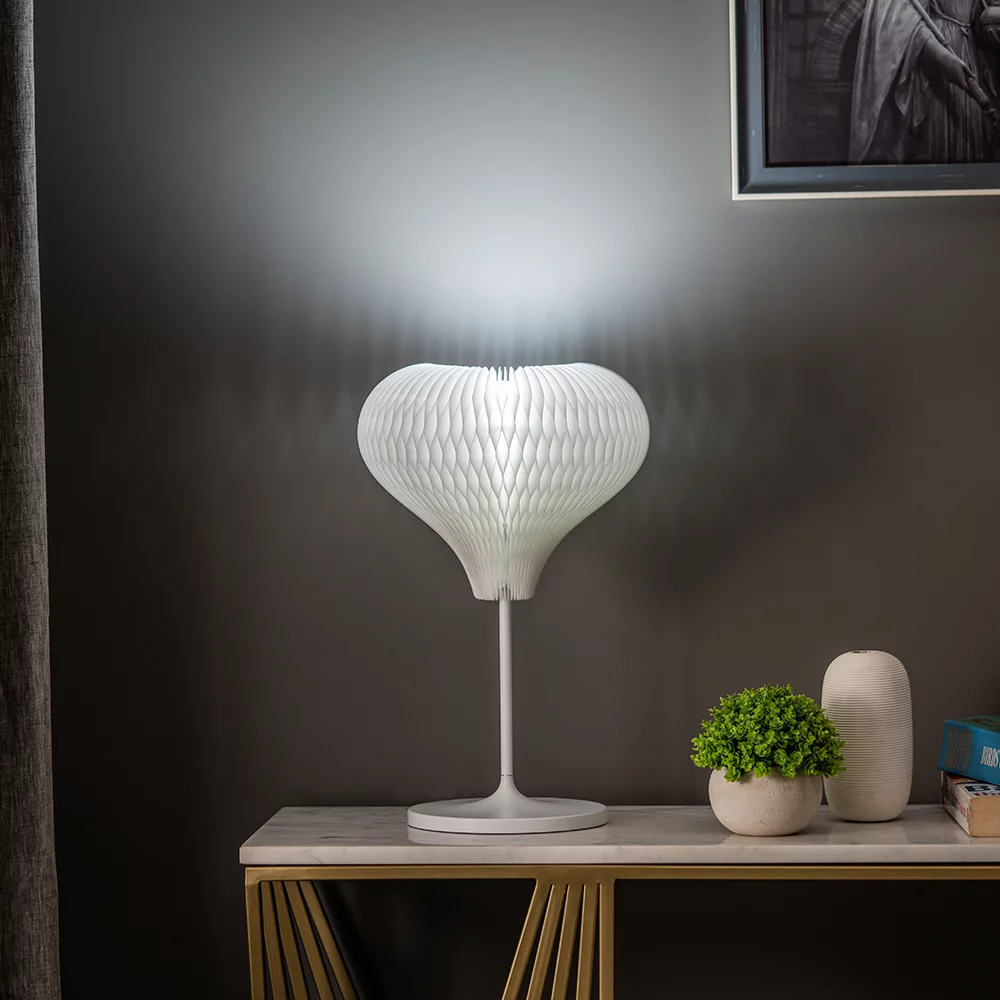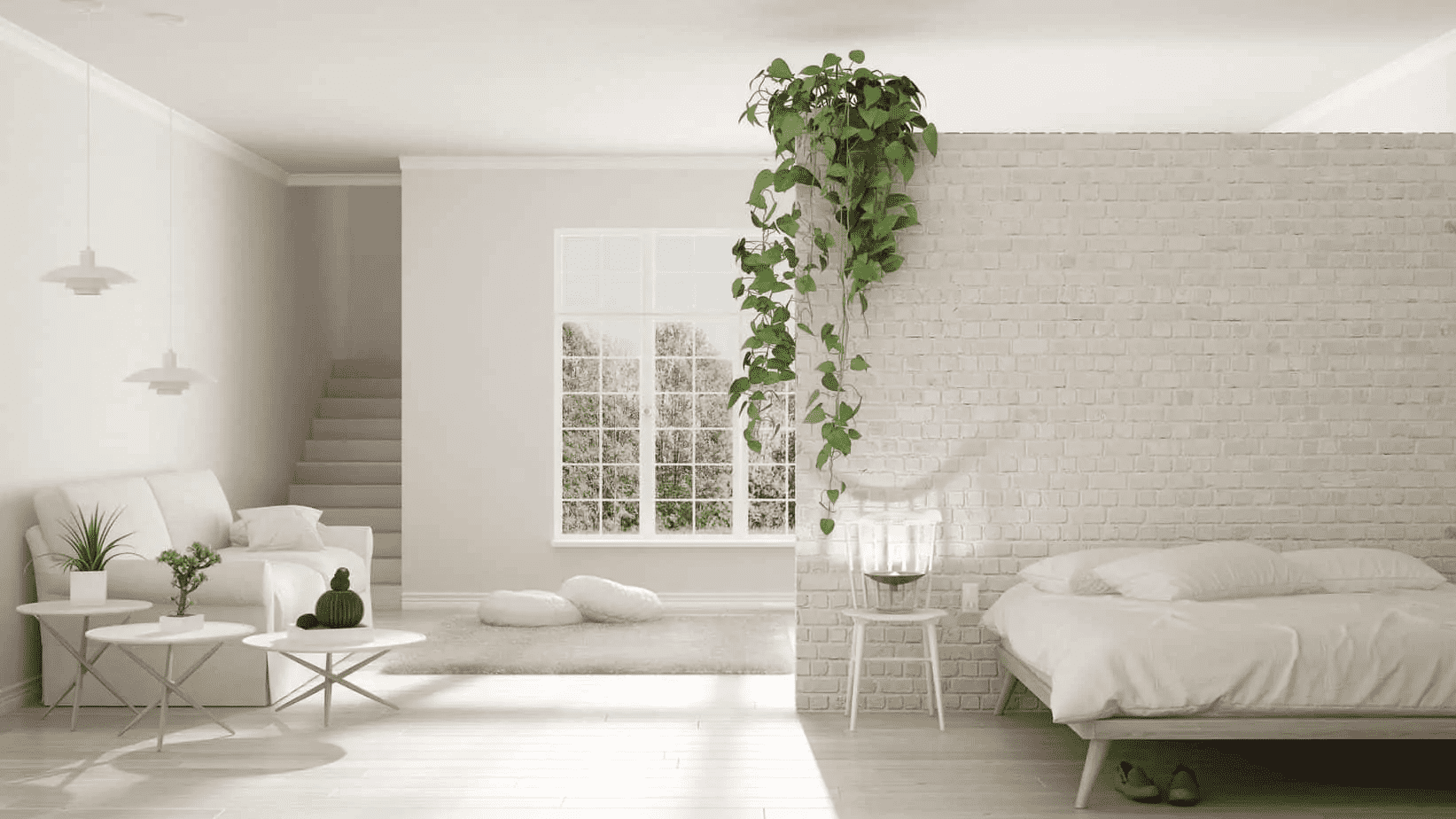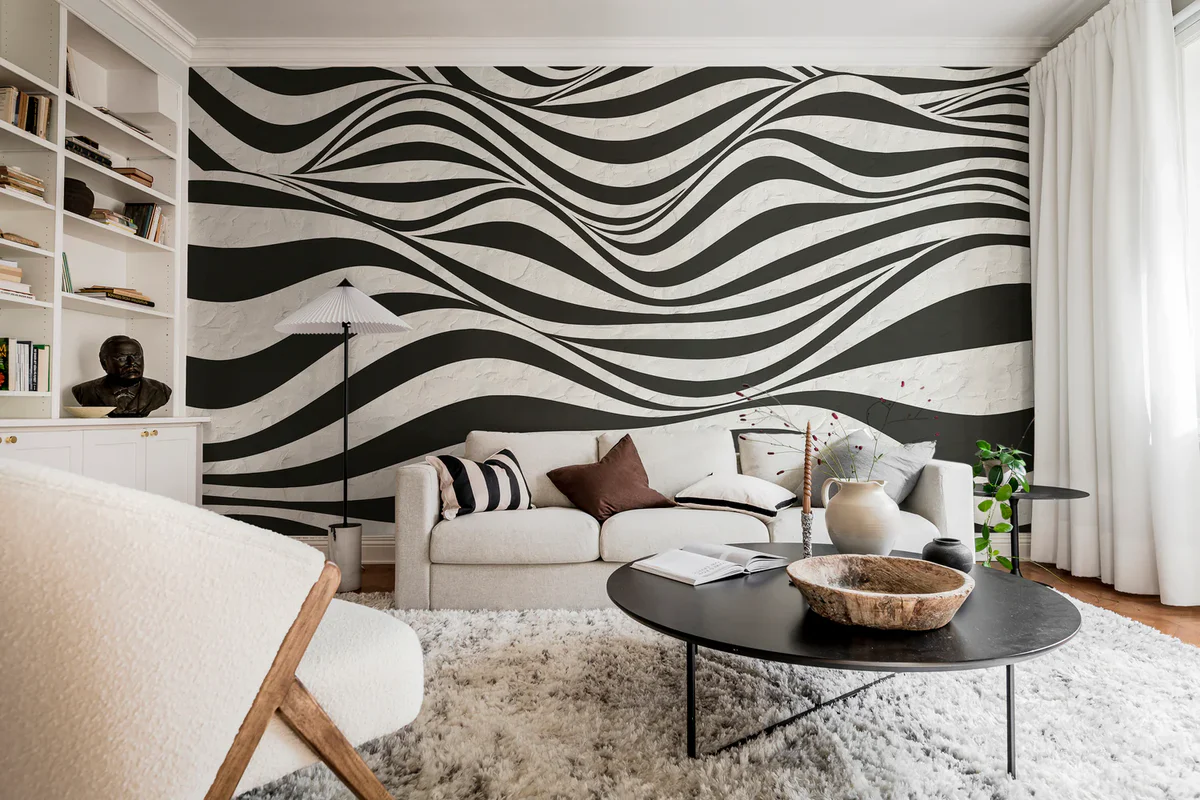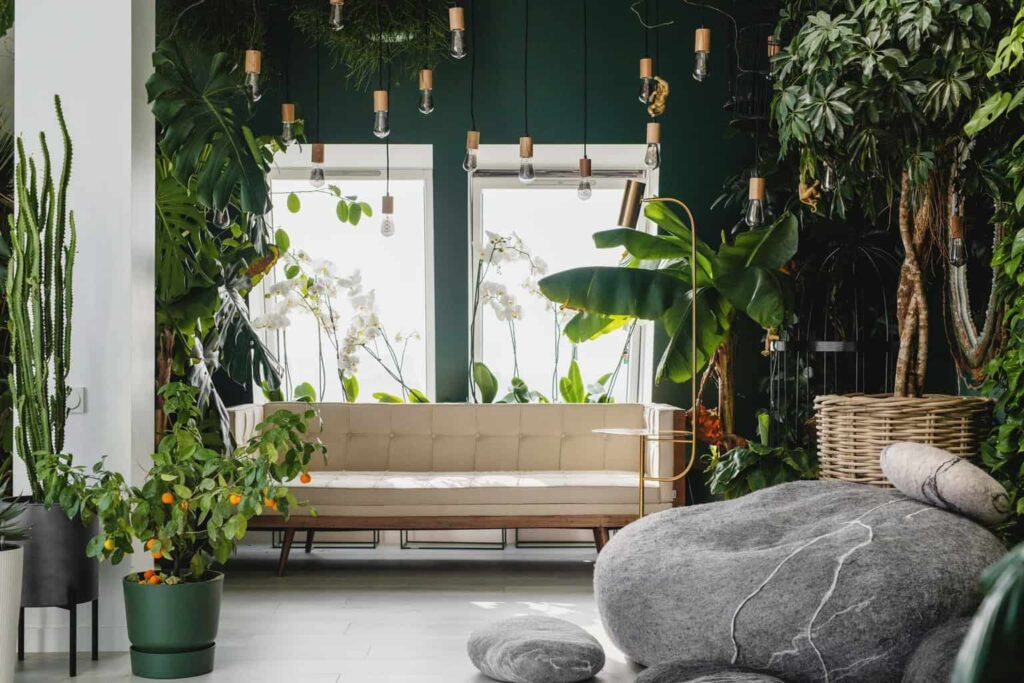Understanding the Essence of Cozy
At its core, "cozy" is about creating a feeling of warmth, security, and contentment. It's a sensory experience that engages sight, sound, touch, and even smell. Think soft textures, warm lighting, comforting aromas, and a general sense of calm. But cozy is also deeply personal. What evokes a feeling of serenity for one person might not resonate with another. This guide will help you identify your individual preferences and translate them into a cohesive and comforting home environment.
Key Elements of a Cozy Space
- Soft Textures: Think plush blankets, velvet cushions, sheepskin rugs, and linen curtains.
- Warm Lighting: Opt for lamps with warm-toned bulbs, candles, and fairy lights. Avoid harsh overhead lighting.
- Natural Elements: Incorporate plants, wood accents, and natural fabrics like cotton and wool.
- Comfortable Seating: Invest in a comfortable sofa, armchair, or reading nook.
- Personal Touches: Display items that bring you joy, such as photographs, artwork, and souvenirs.
Practical Guide to Creating Your Sanctuary
Step 1: Evaluate Your Existing Space
Before making any changes, take a critical look at your current living space. Consider the following questions:
- What areas feel most inviting and comfortable?
- What areas feel cold, sterile, or unwelcoming?
- What colors are present, and how do they make you feel?
- What kind of lighting is used, and is it conducive to relaxation?
- What textures are dominant, and are they soft and inviting?
- Is the space cluttered, or is it organized and tidy? Clutter often combats coziness.
Step 2: Define Your Cozy Style
Cozy doesn't have a one-size-fits-all definition. Explore different styles to find what resonates with you. Here are a few examples:
- Hygge: A Danish concept emphasizing warmth, simplicity, and contentment. Think candles, blankets, and good company.
- Cottagecore: A romantic and nostalgic style inspired by rural living. Think floral patterns, vintage furniture, and handmade crafts.
- Bohemian: A free-spirited and eclectic style characterized by vibrant colors, global textiles, and natural materials.
- Minimalist: A clean and uncluttered style focused on functionality and essential elements. Think neutral colors, simple lines, and high-quality materials. The key to minimalist coziness is focusing on exceptionally comfortable, high-quality materials and warm lighting.
- Modern Farmhouse: A blend of modern and traditional elements, featuring clean lines, natural materials, and a comfortable, lived-in feel.
Consider your existing furniture and decor and how you can adapt it to fit your chosen style. You don't necessarily need to buy all new things, but incorporating some key elements from your chosen style can help achieve the desired effect.
Step 3: Implement Cozy Design Elements
Lighting
Lighting is crucial for creating a cozy atmosphere. Replace harsh overhead lighting with lamps that cast a warm, inviting glow. Consider using dimmer switches to adjust the lighting levels to suit your mood. Candles are also a great way to add warmth and ambiance. String lights, particularly fairy lights, provide a soft and whimsical touch.
Textiles
Incorporate soft textures throughout your space. Add plush blankets to your sofa, layer rugs on the floor, and use cushions with different textures. Consider materials like velvet, faux fur, sheepskin, and linen. Throws can be draped over furniture to add visual interest and provide extra warmth.
Color Palette
Choose a color palette that promotes relaxation and comfort. Warm colors like creams, beiges, browns, and soft grays are often good choices. You can also incorporate pops of color with accent pieces, but keep the overall palette muted and soothing. Avoid harsh or overly bright colors, which can be stimulating rather than calming.
Furniture
Invest in comfortable seating that you can sink into. Choose a sofa or armchair with plush cushions and a supportive frame. Consider adding a footstool or ottoman for extra comfort. Arrange your furniture in a way that encourages conversation and relaxation. Create a reading nook with a comfortable chair, a soft blanket, and a good light.
Natural Elements
Bring the outdoors in by incorporating natural elements into your space. Add plants to purify the air and add a touch of greenery. Use wood accents to create a warm and inviting atmosphere. Consider adding natural fabrics like cotton, linen, and wool. Natural textures add depth and interest to your space.
Personal Touches
Make your space feel like your own by adding personal touches that bring you joy. Display photographs, artwork, and souvenirs that have special meaning to you. Create a gallery wall with your favorite prints and paintings. Add books, candles, and other decorative items that reflect your personality and interests. Don't be afraid to showcase your hobbies and passions. For example, if you enjoy knitting, display a basket of yarn and needles. If you love to travel, showcase souvenirs from your trips.
Scent
Engage your sense of smell to create a cozy atmosphere. Use scented candles, essential oil diffusers, or potpourri to fill your space with comforting aromas. Scents like lavender, chamomile, vanilla, and sandalwood are known for their calming properties. You can also bake cookies or brew a pot of tea to fill your home with delicious smells.
Step 4: Declutter and Organize
A cluttered space can be overwhelming and stressful. Take the time to declutter your space and organize your belongings. Get rid of anything you don't need, use, or love. Invest in storage solutions to keep your belongings organized and out of sight. A tidy space will feel more calming and inviting.
Step 5: Embrace Imperfection
Cozy is not about perfection. It's about creating a space that feels lived-in and comfortable. Don't be afraid to embrace imperfections. A slightly rumpled blanket, a mismatched set of cushions, or a few imperfections can add character and charm to your space. The goal is to create a space that feels authentic and inviting, not sterile and perfect.
Long-Term Considerations for Maintaining Your Cozy Sanctuary
Textile Care
Soft textiles are a cornerstone of a cozy space, but they require regular care to maintain their plushness and appearance. This includes:
- Regular Vacuuming: Vacuum rugs and upholstery regularly to remove dust and debris.
- Spot Cleaning: Address spills and stains immediately to prevent them from setting.
- Professional Cleaning: Consider professional cleaning for rugs and upholstery every 12-18 months.
- Proper Storage: Store blankets and throws properly when not in use to prevent them from becoming musty or damaged.
Lighting Maintenance
Maintaining your lighting is essential for preserving the ambiance of your cozy space:
- Bulb Replacement: Replace burnt-out bulbs promptly. Consider using energy-efficient LED bulbs to save money and reduce your environmental impact.
- Fixture Cleaning: Clean light fixtures regularly to remove dust and debris, which can dim the light.
- Dimmer Switch Maintenance: Ensure dimmer switches are functioning properly.
Plant Care
If you incorporate plants into your cozy space, be prepared to provide ongoing care:
- Watering: Water plants regularly, according to their specific needs.
- Fertilizing: Fertilize plants during the growing season to provide them with essential nutrients.
- Pruning: Prune plants as needed to maintain their shape and health.
- Repotting: Repot plants when they outgrow their containers.
- Pest Control: Monitor plants for pests and diseases, and take appropriate action.
Scent Management
Maintaining the scent in your sanctuary involves a few key steps:
- Candle Safety: Never leave burning candles unattended. Trim wicks regularly to prevent smoking. Ensure proper ventilation when burning candles.
- Diffuser Maintenance: Clean essential oil diffusers regularly to prevent buildup and ensure optimal performance. Use high-quality essential oils.
- Potpourri Refreshing: Refresh potpourri regularly by adding a few drops of essential oil.
- Ventilation: Ensure good ventilation to prevent strong scents from becoming overwhelming.
Seasonal Adjustments
As the seasons change, you may want to adjust your cozy decor to reflect the current weather and mood. For example:
- Winter: Add extra blankets, throws, and candles to create a warm and inviting atmosphere.
- Spring: Incorporate fresh flowers and lighter colors to brighten up your space.
- Summer: Use lightweight fabrics and natural materials to keep your space cool and comfortable.
- Autumn: Add warm colors, cozy textures, and seasonal scents like cinnamon and pumpkin spice.
Financial Considerations
Creating a cozy sanctuary can involve some initial investment, but ongoing costs are generally manageable. Budget for:
- Textile Replacement: Budget for replacing worn-out blankets, cushions, and rugs.
- Lighting Costs: Factor in the cost of replacement bulbs and electricity.
- Plant Supplies: Budget for potting soil, fertilizer, and other plant care supplies.
- Scent Supplies: Consider the cost of candles, essential oils, and potpourri.
Data on Home Comfort Trends (2025)
| Trend | Description | Impact on Coziness |
|---|---|---|
| Biophilic Design | Incorporating natural elements into interior spaces. | Enhances feelings of calm and connection to nature. |
| Smart Home Integration | Using technology to control lighting, temperature, and other environmental factors. | Allows for personalized comfort and convenience. |
| Sustainable Materials | Using eco-friendly and ethically sourced materials. | Promotes a sense of well-being and responsibility. |
| Multi-Sensory Experiences | Engaging multiple senses through lighting, scent, and texture. | Creates a more immersive and comforting environment. |
FAQ: Creating a Cozy Home Sanctuary
- Q: How do I create a cozy space on a budget?
- A: Focus on small changes that make a big impact, such as adding throw pillows, blankets, and candles. Shop at thrift stores or online marketplaces for affordable decor items. Repurpose existing items in new ways. Focus on lighting; swapping out harsh bulbs can be inexpensive but transformative.
- Q: What are the best colors for creating a cozy atmosphere?
- A: Warm colors like creams, beiges, browns, and soft grays are generally good choices. You can also incorporate pops of color with accent pieces, but keep the overall palette muted and soothing.
- Q: How can I make a small space feel cozy?
- A: Use light colors to make the space feel larger. Incorporate vertical storage to maximize space. Choose multi-functional furniture. Add mirrors to reflect light and create the illusion of more space. Focus on creating a comfortable and inviting atmosphere with soft textures, warm lighting, and personal touches.
- Q: What scents are best for a cozy home?
- A: Scents like lavender, chamomile, vanilla, and sandalwood are known for their calming properties. You can also use seasonal scents like cinnamon and pumpkin spice in the fall, or pine and cedar in the winter.
- Q: How often should I clean my cozy textiles?
- A: Vacuum rugs and upholstery regularly to remove dust and debris. Spot clean spills and stains immediately. Consider professional cleaning for rugs and upholstery every 12-18 months.
This information is for informational purposes only. Consult with a qualified interior designer for personalized advice.
Sources:
- Alexander, C., Ishikawa, S., & Silverstein, M. (1977). *A Pattern Language: Towns, Buildings, Construction*. Oxford University Press.
- Hygge House. (n.d.). *What is Hygge?* [https://hyggehouse.com/what-is-hygge](https://hyggehouse.com/what-is-hygge)
- Terrapin Bright Green. (2014). *14 Patterns of Biophilic Design*. [https://www.terrapinbrightgreen.com/reports/14-patterns/](https://www.terrapinbrightgreen.com/reports/14-patterns/)

